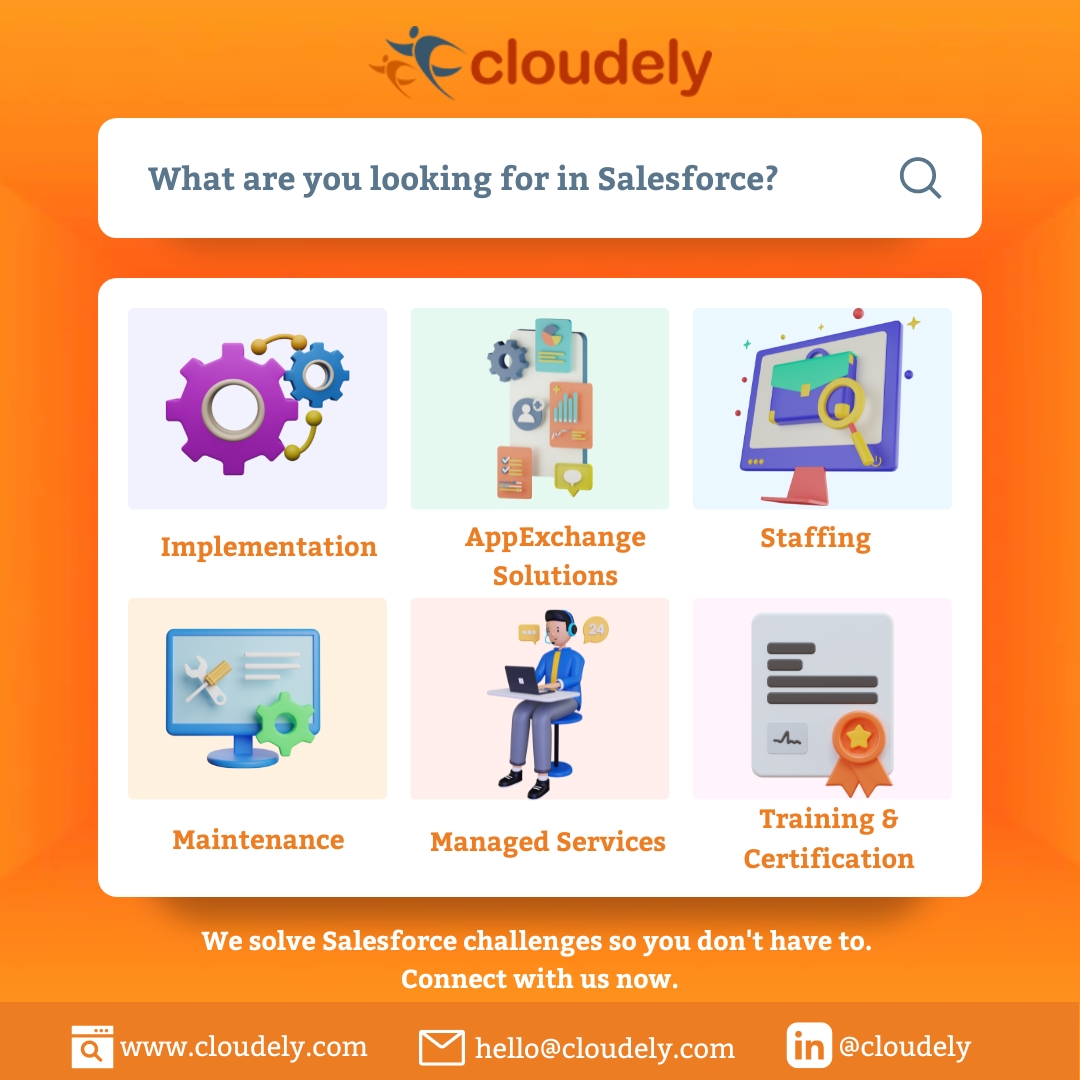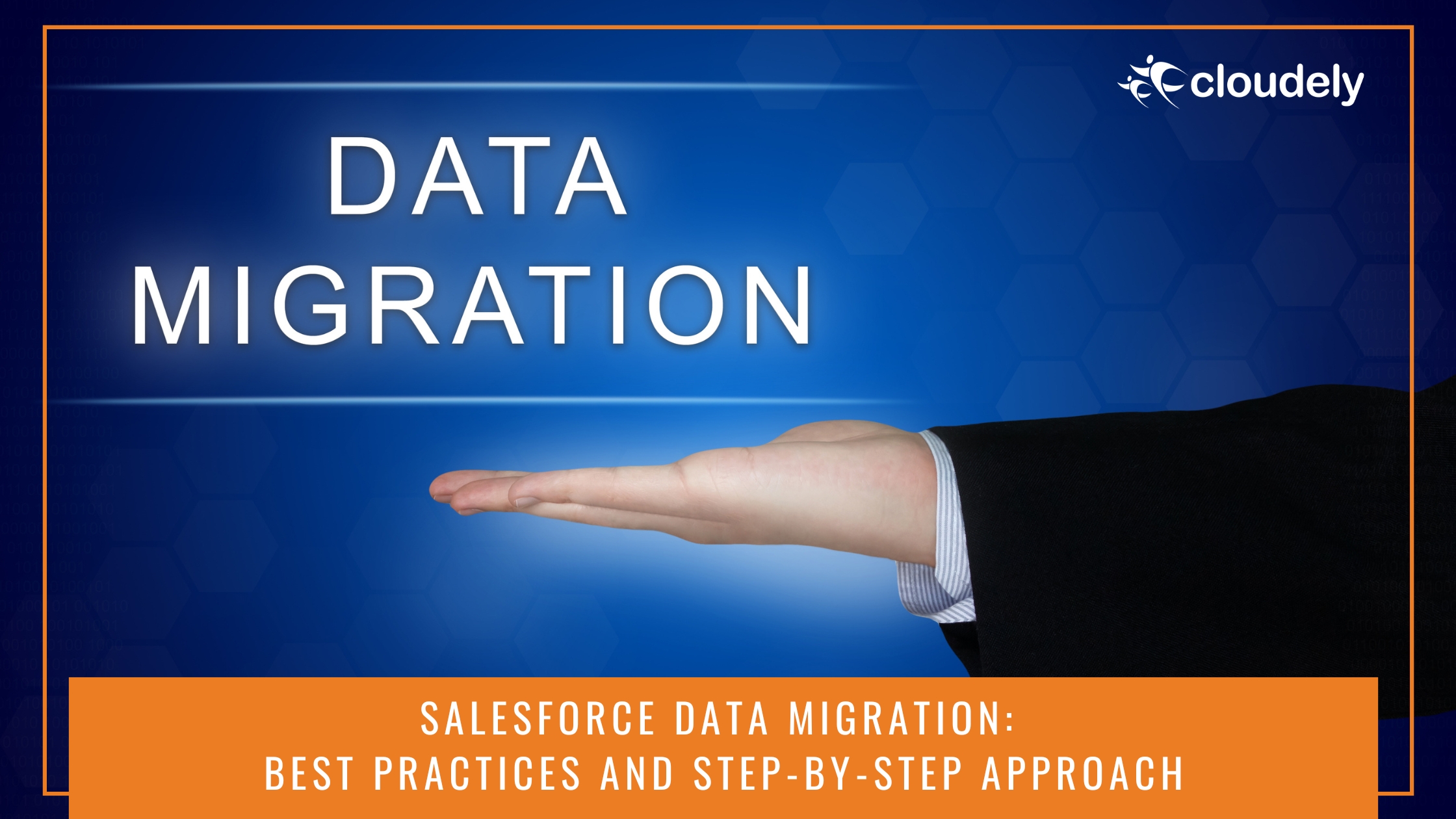Migrating Salesforce data can be one of the most complex and important tasks for any team before going live. Salesforce data migration efforts can vary based on factors such as data volume, data quality, number of sources, and more. In this article, our Salesforce Implementation experts detail the step-by-step approach to Salesforce Data Migration and the best practices for successful outcomes.
Table of Contents
What is Salesforce Data Migration?
Salesforce data migration is the process of moving or migrating data from Salesforce to a destination such as another Salesforce organization, database, data store, or application. This process also helps with data cleansing and optimization.
However, without correct estimation and data migration approach, Salesforce Data Migration can be challenging.
Salesforce Data Migration Challenges
It becomes important to have a data migration strategy to avoid the consequences of:
- Adoption problems.
- Customer relationship issues when incorrect data is provided to customers.
- Analysis issues due to data not being recorded properly.
- Migrating data to an existing system is more difficult than migrating to a new Salesforce org.
Need for Salesforce Data Migration
Companies should set up Salesforce Data Migration in the following situations:
- Replacing outdated database systems.
- Requirements to include advanced features and specifications.
- You need a supporting application, database, or storage system to use with your existing production system.
- You need to upgrade your system regularly with database and advanced features like cloud or IT module.
- Combine one or two systems to improve the performance of the overall infrastructure.
Salesforce Data Migration – Phased Approach
Phase 1: Preparation
This is the first and crucial step in data migration. Your migration plan should be comprehensive and comprise the existing project plan, with timelines, dependencies, and milestones.
Below is the list of planning questions that help at this stage:
- How long does data analysis take?
- How clean is the data? Is data cleaning appropriate? If so, who is responsible, when and in what system is it done?
- When will the data mapping document be completed and who will be responsible for its creation?
- When will the data mapping document be reviewed with stakeholders?
- Which Salesforce environment is used for quality assurance (QA), user acceptance testing (UAT), and transition to production? If the target Salesforce org is currently being created, when will the various objects be available to upload data to?
- When will you complete your first full migration?
- Who does QA/UAT? How many rounds each?
- When do you go live?
- How much time will it take to reduce production?
In addition, here are the questions to ask yourself and discuss with the wider project team:
- When will migration data be available?
- In what format is the data passed?
- Who is a Source Data Subject Specialist?
- Are there any data security concerns or data handling recommendations?
- Which middleware or ETL tool to use for migration?>
Some of the free tools you could use are Salesforce Free Data Loader and dataloader.io. Both are examples of tools in the Data Loaders category. Both support CSV files as source and target.
Other tools such as Zapier, LeadsBridge
Mid-priced tools: Xplenty, Talend
High-end tools: Jitterbit, Dell Boomi, Informatica, Mulesoft
Data Selection
The source of truth is usually the backend where client transactions are stored. Sales, service, and marketing teams have their own data.
Data Mapping
Ensure all records of each source system have a unique Identifier (ID).
Data Cleansing
If the identifier is missing, the data needs to be cleaned up. Remove duplicate and unused accounts from your dataset. We need your help here as we need to be able to fill in the missing IDs and specify what data to keep. Establish who is responsible and when and on which system.
Phase 2: Migration
The method to choose to transfer data from the source system/s to your Salesforce org depends on:
- Project team members working together (eg developer, Admin).
- The number of records to import into Salesforce.
- The complexity of the source data and the difference between the source data model and the Salesforce data model.
Phase 3: Quality Assurance (UAT)
After migrating your data to Salesforce, you need to make sure that all data is transferred correctly (in the correct format) and relationships are accurately reflected in Salesforce.
At this stage, you must ask the user to test it. If the test fails, check which step caused the error. If an error occurs during the preparation phase, the entire process must be repeated.
Related Reading: How Salesforce Managed Services help your business?
Best practices when you migrate data
Salesforce data migration can be successful by considering the best practices as below:
1. Identify the data you want to migrate
Select the objects to migrate.
For example, decide whether to migrate only contact information for each account or only account information for a specific business unit.
2. Create templates for the data
- Use Export Data in Data Loader to create an Excel template for each object (use the export file as a template). See Insert, update, or delete data using the Data Loader.
- Objects have required relationships that determine how data is migrated, so define the required fields for each object. For more, please check schema builder for Relationships
Example: Always migrate Users first, then Accounts, then Opportunities.
3. Populate your templates
Check the details before creating the template.
Example: Download one record, check the result, then download all records.
4. Prepare the destination org
Consider creating custom fields to store legacy information about identities.
Optional: Assign an external ID attribute to a custom field to be indexed. This will help maintain relationships and create custom reports for data validation. More details Can I get it using an external identifier?
Create a custom field to store the data contained in the old organization’s custom field. For example, if the old organization has the user’s home phone number, consider creating this custom field in the new organization as well.
5. Validate the data
Use the following method to test your migration.
Generate a custom report to check the number of records and provide a complete snapshot of your migration. For details, see Create Reports in Salesforce Classic and Create Reports in Lightning Experience.

Benefits of Salesforce Data Migration
After all these efforts, Salesforce Data Migration benefits your org in many ways as below:
- CRM tools: Salesforce allows companies to deploy technology across multiple departments within the organization, regardless of responsibility. In this way, Salesforce helps you get a comprehensive picture of your organization.
- Quick and Efficient: A complete overview of the organization allows staff to address and resolve any customer issues immediately. In this way, your business can deliver fast and efficient results.
- Digital: Salesforce provides digital tools and resources to connect with customers anytime, anywhere.
- Continuous Growth: This CRM tool is integrated with advanced features and tools to create personalized interactions and relationships with consumers. Create a deep roadmap and continuously improve your business growth.
- Sales Process: Salesforce saves time by limiting data entry tasks so you can interact with more customers. In short, you can exclusively apply a clear and repeatable sales strategy.
Think Salesforce, Think Cloudely!
Cloudely Inc. is a leading provider of Salesforce Implementations since 2013. Our capabilities in Salesforce- Managed Services, Implementation, Support and Training help you capture the maximum business value. Send us a message at hello@cloudely.com for a free demo.






